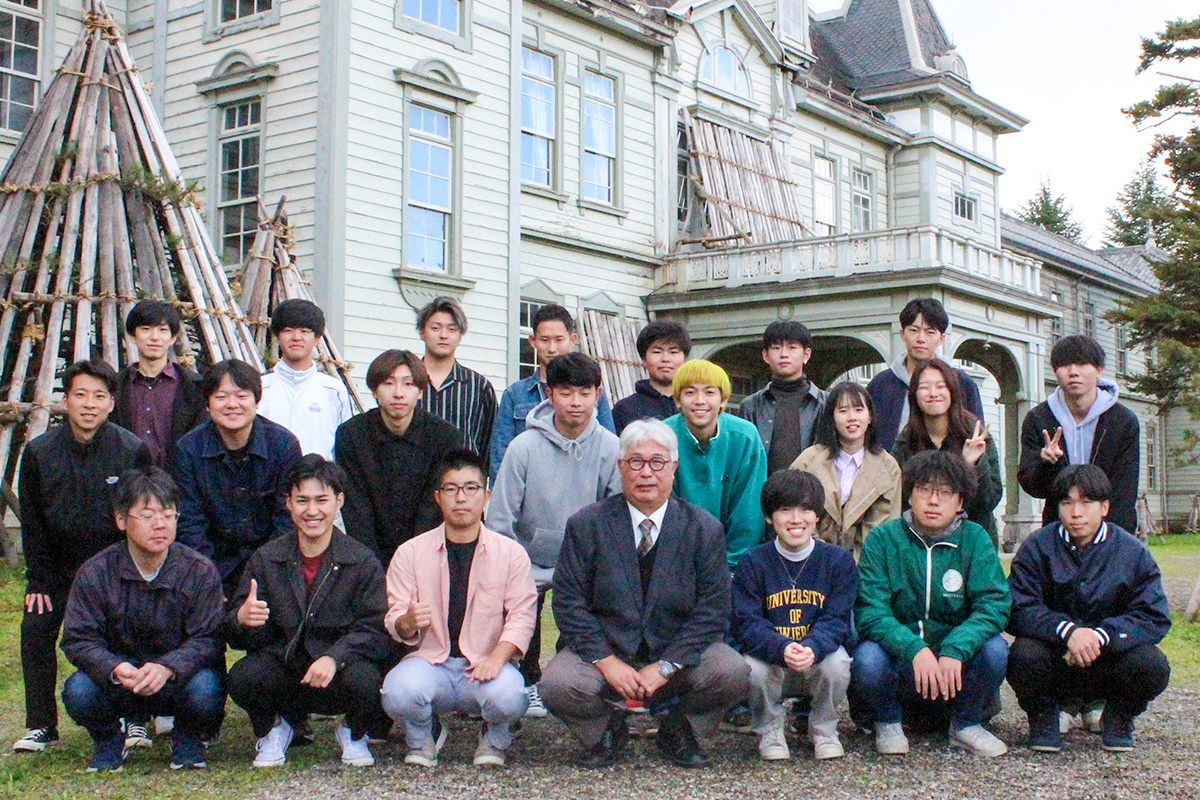Research


Home > Research > KAWAGUCHI laboratory
Research fields/Keywords:polymer synthesis and physics/ nano space science and technology, synthesis and molecular characterization of structurally specific polymers, synthesis and application of highly functional polymeric microspheres, electronic paper, organic-inorganic hybrid optical materials
 Professor Seigou KAWAGUCHI
Professor Seigou KAWAGUCHI
The science and technology of the boundary-surface of materials become increasingly more important in a wide range of engineering disciplines. The aim of our research group is to develop the new materials which have not been synthesized so far, by manipulating a surface-boundary skillfully. As a representative example, we study the environmentally friendly polymerization methods, heterogeneous polymerizations such as the micellar polymerization, the emulsion polymerization, the dispersion polymerization, the mini-emulsion polymerization, and so on. Also, we study polymer syntheses used a nano space, arrangement of a polymer chain in the nano space, and the inorganic-organic hybridization used a nano space. Polymer microspheres are widely applied in various industrial fields such as low environmental impact paints, adhesives, pigments, photocopier toners, liquid crystal spacers and electronic materials, as well as cosmetics, chromatography packing materials, medical diagnostic agents, sustained release capsules etc. Highly functional microspheres for the electronic paper, the next-generation low power consumption displays, can be produced using our synthetic technologies.
In addition to the above, we are also actively engaged in fundamental research in organic-inorganic hybrid optical materials, macromonomers, i.e., polymers with polymerizable (reactive) functional groups, polymers with structurally specific architectures, living radical polymerization, precise synthesis of ladder polymers etc.
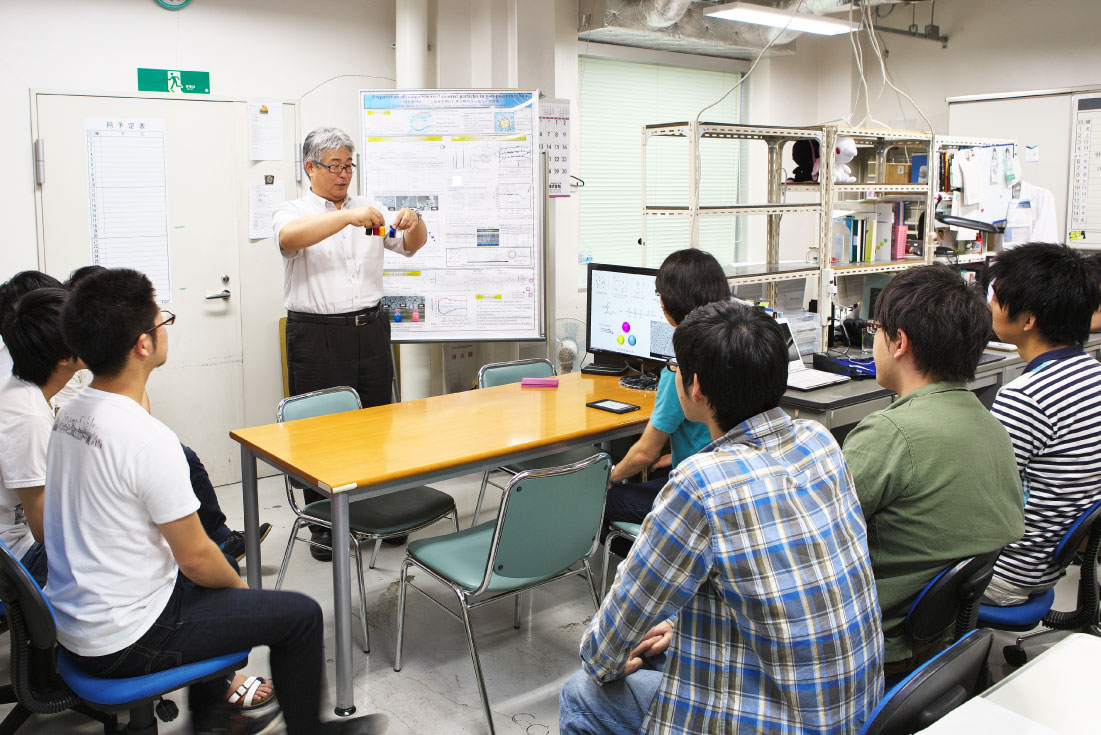
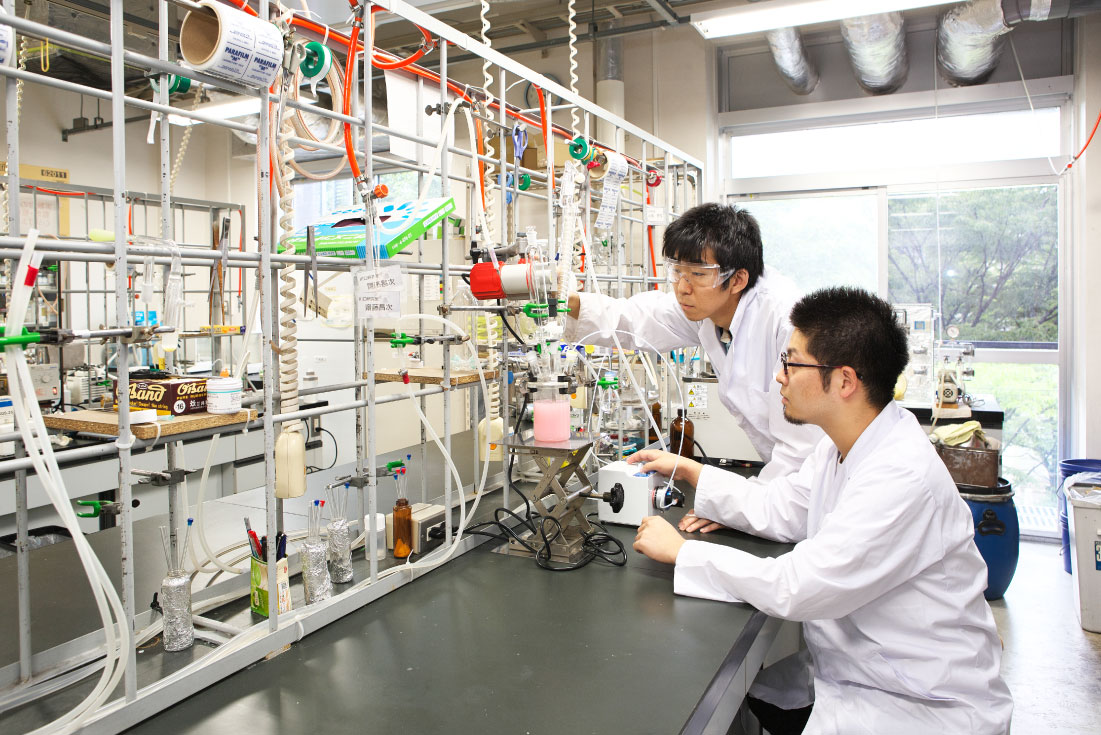
Representative examples of our research are as follows:
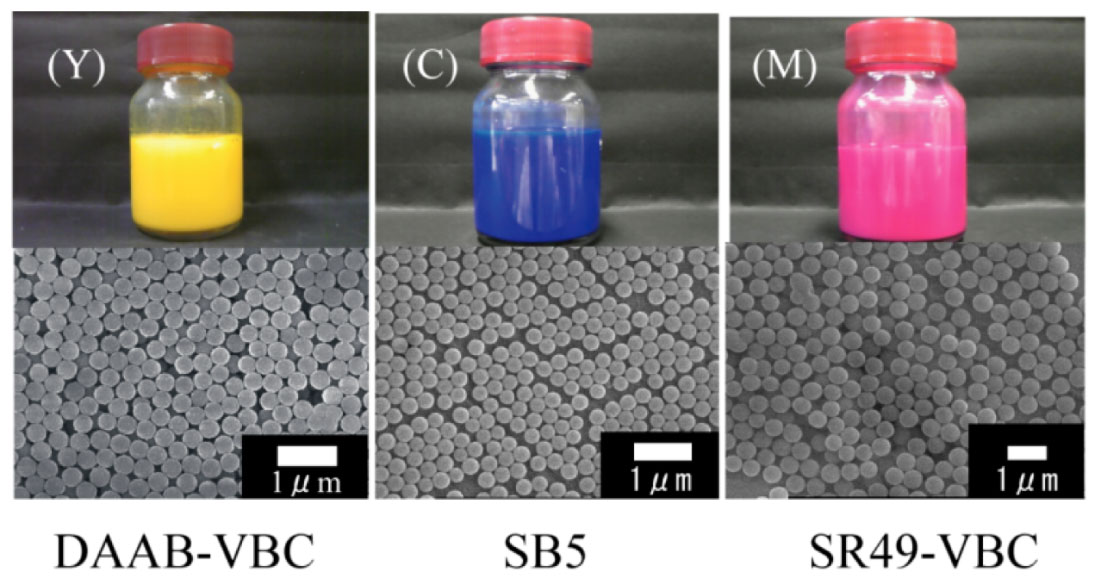
Targeting potential applications as electronic paper, anticipated to be one of the next-generation low power consumption displays, we are investigating the synthesis of highly functionalized polymer microspheres by dispersion polymerization in non-polar media. By synthesizing high refractive index polymeric particles possessing long lifetime stability in low dielectric constant media such as silicone oil, we developed charged white particles essential for the electronic paper used in electrophoresis. Aiming at “full color”, our current research is focused on synthesis and performance enhancement of (Yellow, Magenta, Cyan, and so on) color particles.
In general, mixtures of substances with different refractive indices are opaque. However, our laboratory has discovered that if nanoscale dispersions of 4 nm diameter ZrO2 nanoparticles in a polymer can be achieved, highly transparent high refractive index materials can be obtained. Using this technology, optical materials with unprecedented performance can be created and various kinds of displays, optical films, performance enhancement of cameras for mobile phones etc., energy conserving LEDs etc. can be achieved.

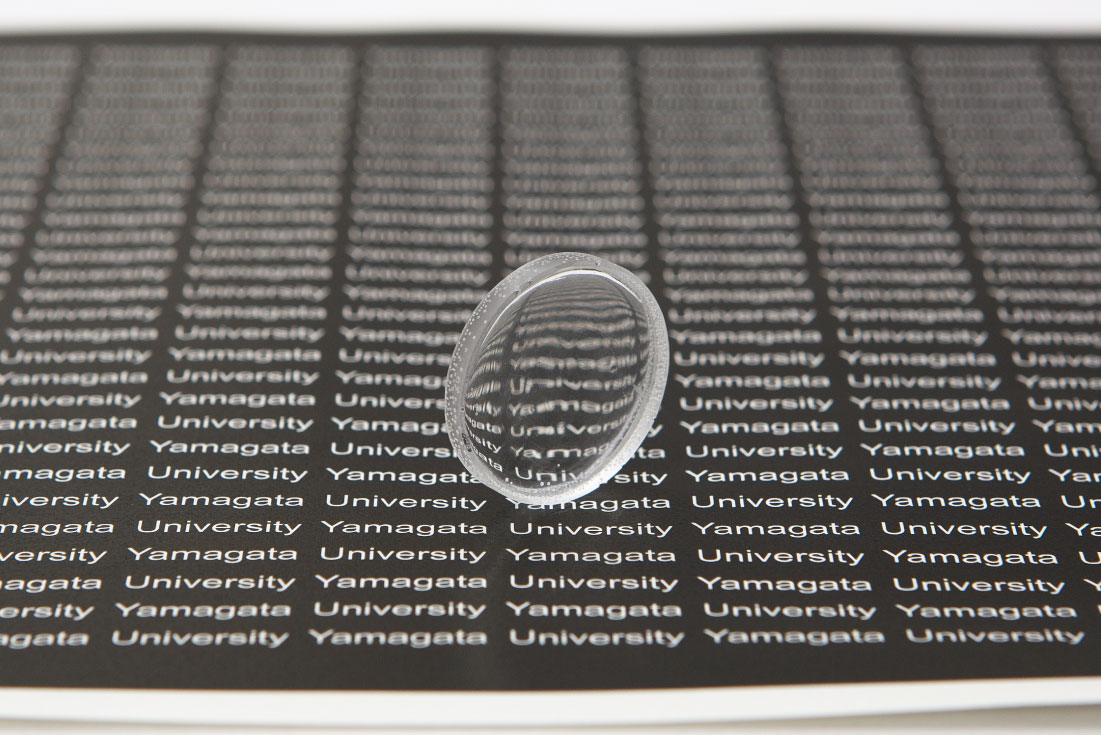
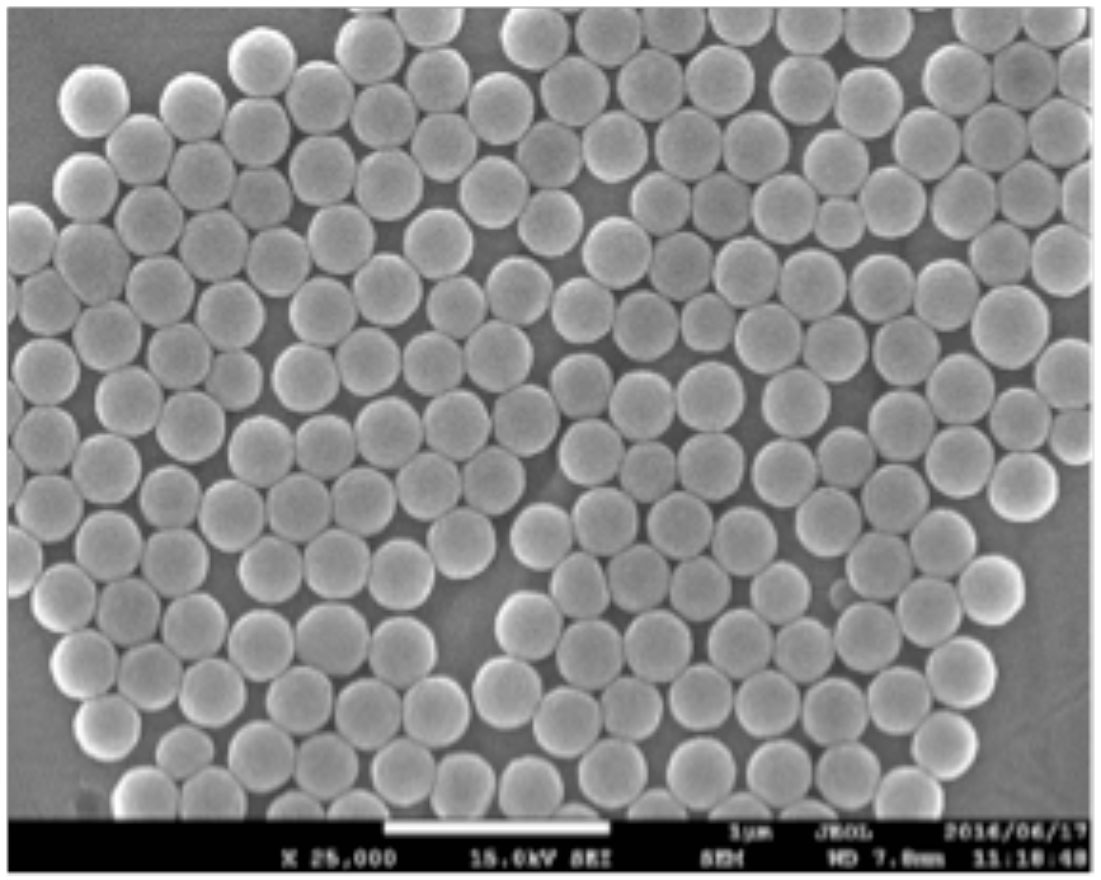
We are investigating low environmental impact heterogeneous polymerizations in aqueous media such as micellar polymerization, emulsion polymerization, dispersion polymerization, miniemulsion polymerization etc. In addition, through progress in living radical polymerization that can occur in water-based heterogeneous polymerization, we aim to develop precise synthesis of novel high performance microspheres comprising various block copolymers and star polymers that were hitherto difficult to synthesize.
